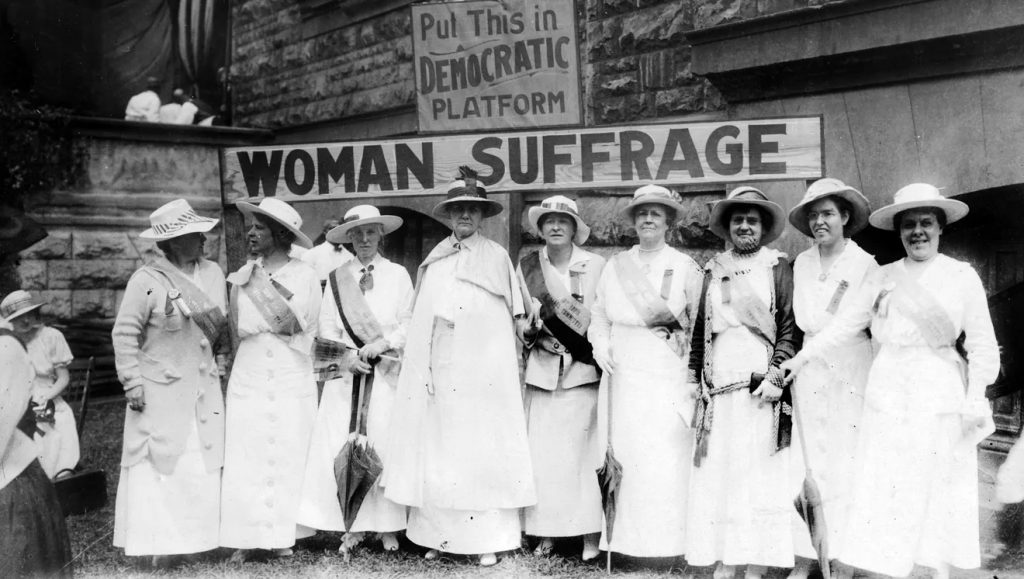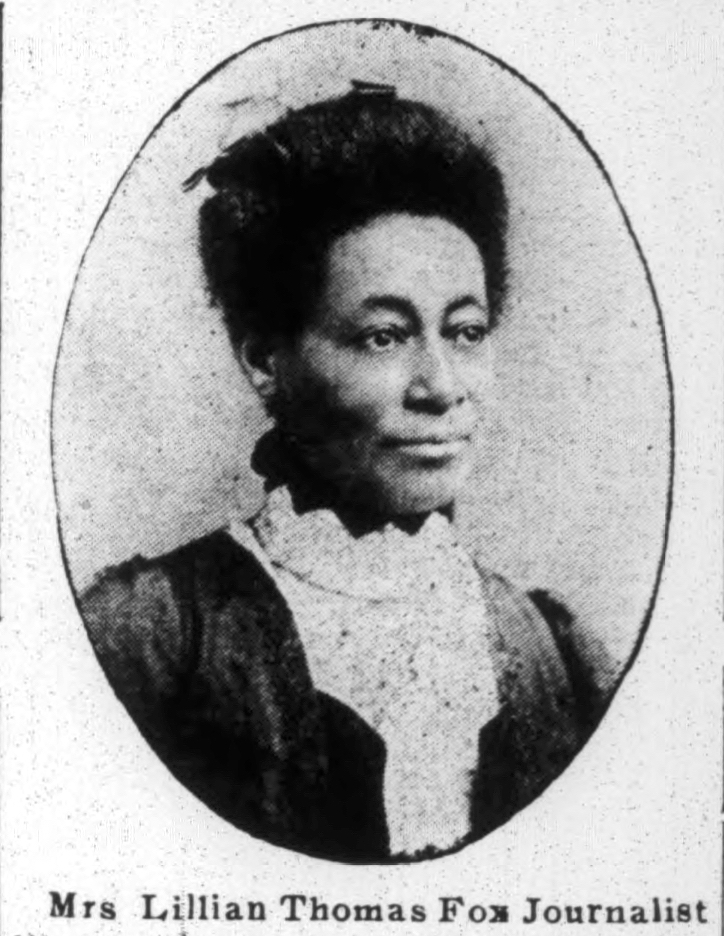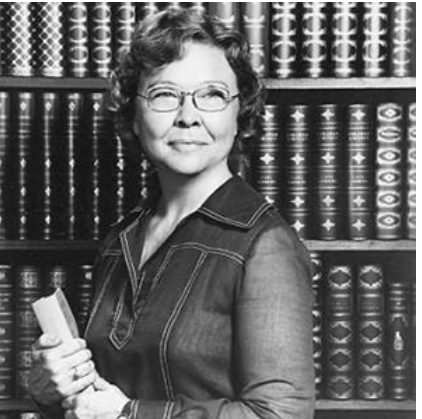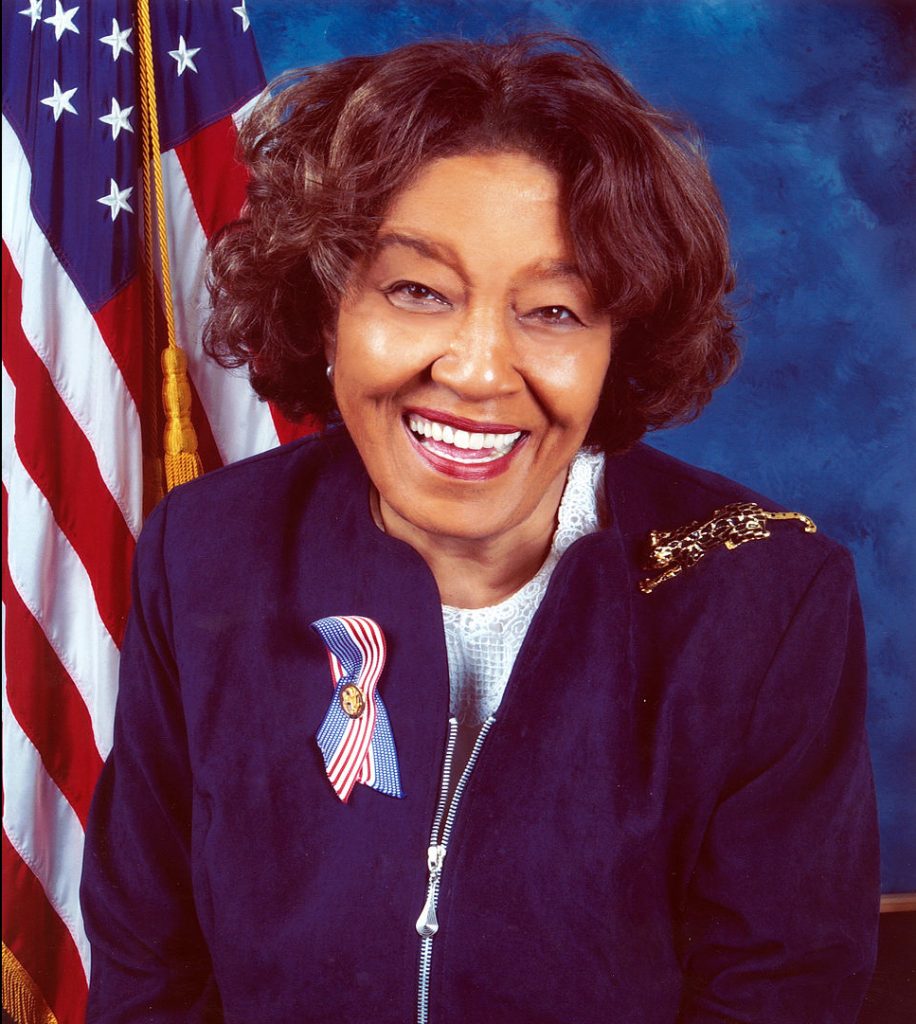Throughout its long history, Indianapolis has produced many women who were at the forefront of local, state, and national politics.
Starting in the mid-1800s, women everywhere began actively pursuing the right to vote. In 1850 Indiana became the first state in the nation with an organized suffrage group, and in 1878, the women of Indianapolis formed their own suffrage association, the Indianapolis Equal Suffrage Society. Founding members included , , and . Sewall and Wallace both went on to become national figures in the women’s suffrage movement. By the early 1900s, Black women’s involvement in the suffrage movement began to grow. The first African American branch of the Equal Suffrage Association of Indiana was formed in Indianapolis in 1912. Indianapolis resident CARRIE BARNES became the first president

The formation of women’s clubs during the early 20th century taught women how to organize. Many prominent Indianapolis women participated in a national society of clubwomen called Pioneer Workers. Among its members, May Wright Sewall, Mary Evans Woollen, , Elizabeth Barnett Hitt, and Susan Hatch Perkins were all Indianapolis women active on behalf of women’s suffrage. The Women’s Franchise League of Indiana, which had been organized in Terre Haute in the early 1900s, made its headquarters in Indianapolis until 1917. Prominent local members included , , and Dr. . , a leading member of the Indianapolis African American community, organized the Indiana State Federation of Colored Women’s Clubs in 1904.

When suffrage came in 1919, the Franchise League was no longer necessary and was replaced by the , which promoted informed and active citizen participation in government.
Despite this auspicious beginning, political activity by Indianapolis women as well as women nationally declined dramatically following universal suffrage. Women were successful in their fight to gain their vote and the focus and drive for many was complete. Over the next few decades, only a few Indianapolis women were active in politics. Marion County resident Effie M. Blue was defeated in her attempt to become a state senator in 1920. In 1922 Elizabeth Rainey became the first Indianapolis woman elected to the General Assembly. Rhonda Hanley, who launched a voter registration drive in the early 1920s, was among the first in Indianapolis to organize politically in the local Black community. In the late 1940s, Mayor appointed Agnes R. Conner as the first woman to head the Indianapolis Parks Board. Reports in local news media following the 1958 local elections showed one woman elected to the City Council and one elected as county recorder; both were identified by their husbands’ names.

It was not until the 1970s that the lack of significant political involvement by Indianapolis women was actively addressed. In August 1972, Mayor formed a task force on women, chaired by Mary Ann Butters with Frances Dodson Rhome as vice-chair. The early 1970s also saw the establishment of an Indianapolis chapter of the National Women’s Political Caucus, formed to encourage women’s participation at all levels of elected government. The original members of that group included many women who would later become prominent in Indianapolis politics. served as president of the Indianapolis Women’s Political Caucus and also was the first woman candidate for state attorney general. Starting in 1976, Paula Parker-Sawyers served two terms on the City-County Council and later became the city’s first Black female deputy mayor. In addition, Maggie Lewis led the City-County Council as President from 2012-2017, the first woman to serve in that position.
Indianapolis women have also played roles in state and federally elected offices in Indiana. was the first woman of color elected to the Indiana General Assembly in 1964. The following election cycle, was also elected to serve in the state legislature and would later be appointed as the first woman and the first person of color to serve as the State Public Defender in 1970. served in the state legislature, from 1992 through 2007, but not before she challenged the state’s multimember districts, which she argued violated the Voting Rights Act and were later changed. In 1993 Pam Carter became the first woman of color to serve as Indiana attorney general, still among only a few women of color nationwide who have held such a role.

While women have sought to represent the state in Congress in multiple elections, the state’s only female representation is in the US House. Virginia Ellis Jenckes was elected to represent Indiana’s 6th Congressional district from 1933 to 1938. She was followed by Cecil Murray Harden (1949-1958), Katie Hall (1982-1984), Jill Long Thompson (1989-1994), (1997-2007), Jackie Swihart Walorski (2013-2022), Susan Brooks (2013-2021), and Victoria Spartz (2021-present). Indiana is one of 20 states that has yet to send a woman to the US Senate.
While Indiana is also one of 20 states that has never had a female governor, many women have still made their impact within the executive branch. The state has elected four women to serve as Lt. Governor: Katherine Davis (2003-2004), Becky Skillman (2005-2012), Sue Ellspermann (2013-2016), and Suzanne Crouch (2017-). There are many examples of female leadership in the judiciary as well. Some, like Myra Selby, the first woman and woman of color to serve as a justice for the Indiana State Supreme Court (1995-1999), and Sarah Evans Barker, the first woman to be appointed as a judge for the US District Court of the Southern District of Indiana, served in Indianapolis.
The women who represent and serve Indianapolis have worked to improve the community through their passion and drive. Whether it has been through education, the economy, infrastructure, or other areas, women in Indianapolis politics have contributed to the progress of their city and the development of their communities.

Help improve this entry
Contribute information, offer corrections, suggest images.
You can also recommend new entries related to this topic.


